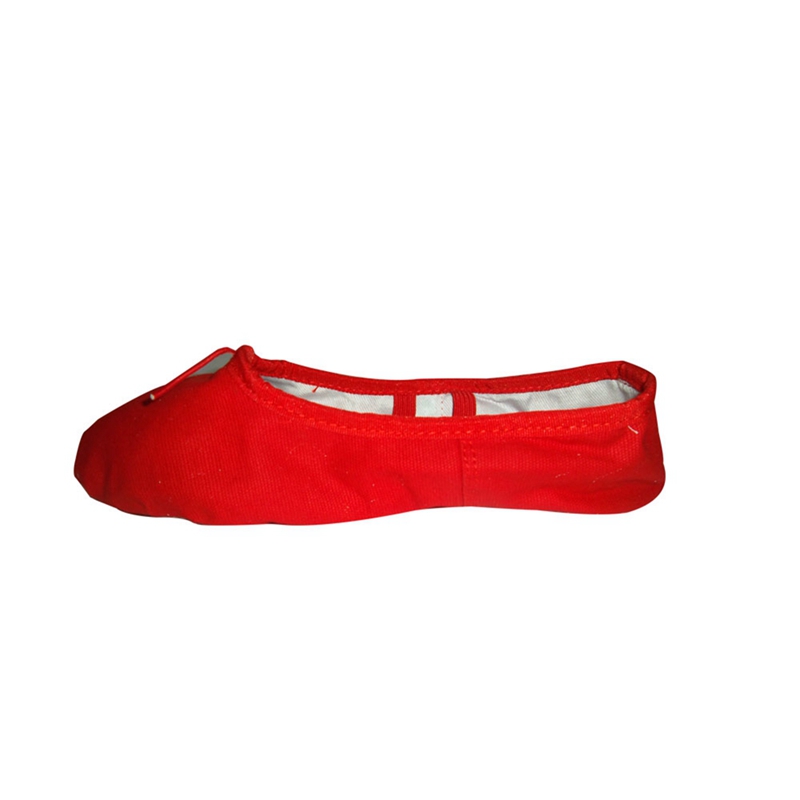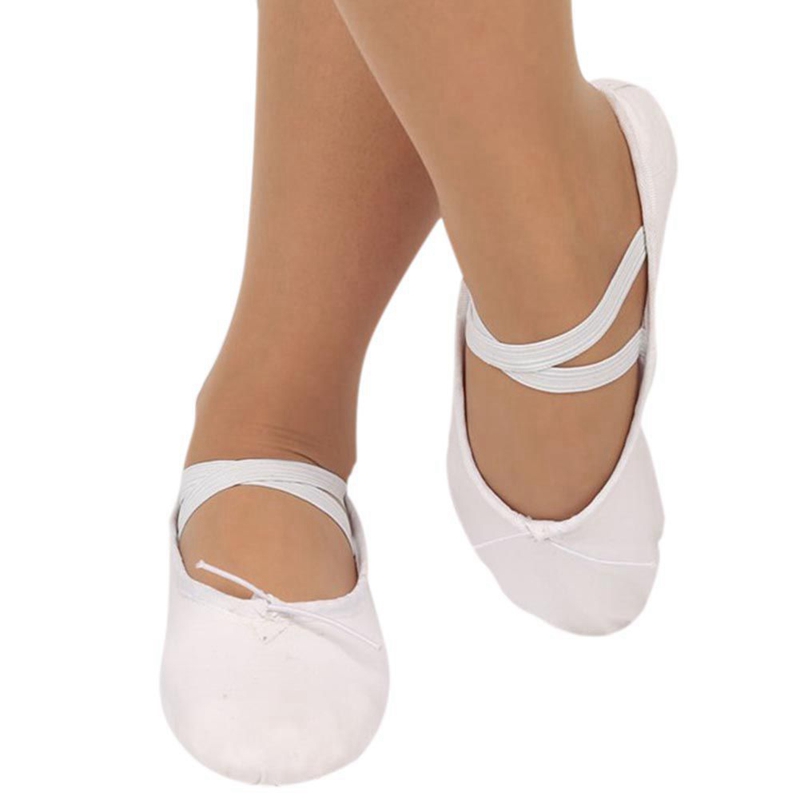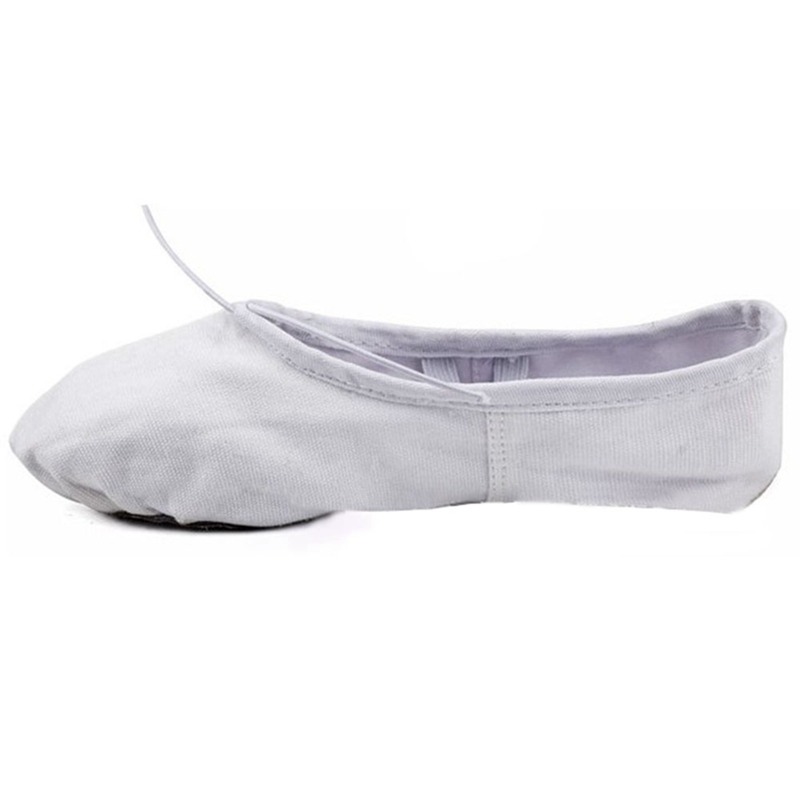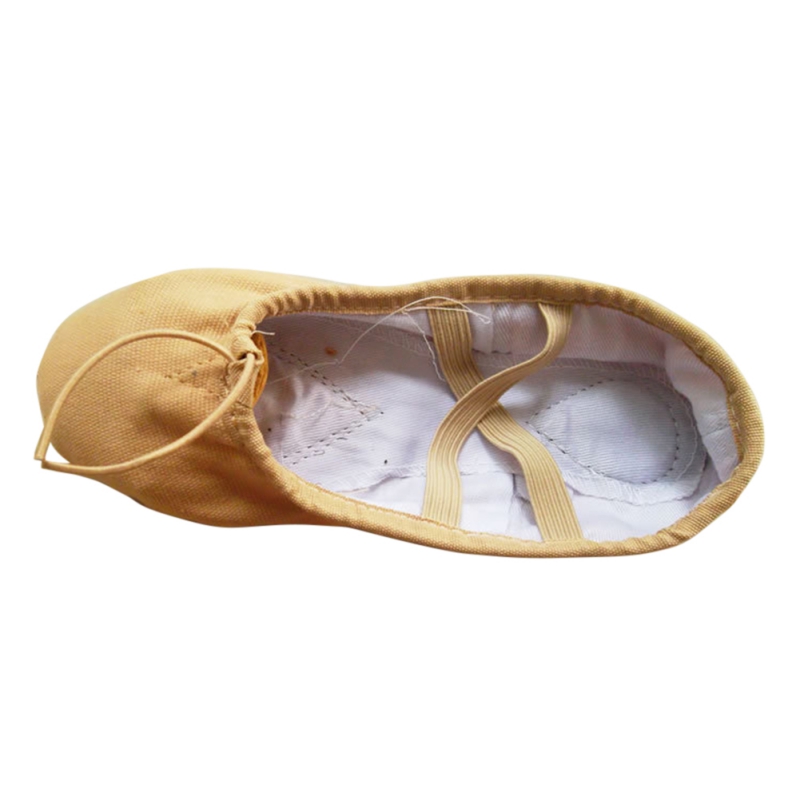Types of Dancing Shoes
Selecting the best shoes for dancing is crucial for any dancer. Different dance styles require specific types of footwear that cater to the dance form’s unique movements and floor surfaces.

Ballet Shoes
Ballet shoes are essential for any ballet dancer. They are light and flexible, allowing dancers to perform complex footwork with ease. These shoes typically have a soft leather or canvas upper and a thin, soft sole. They help in achieving the delicate balance required in ballet.
Jazz Shoes
Jazz shoes offer the flexibility to perform sharp movements. They often have a split sole for enhanced articulation of the foot and a low heel. This design helps dancers maintain control and stability during high-energy routines.
Ballroom Dancing Shoes
Ballroom dancing shoes are designed to provide gliding movements across the dance floor. They have a suede sole which allows for smooth turns and slides while still providing grip. For ladies, these often come with a low, balanced heel for poise and elegance.
Hip Hop Dance Sneakers
Hip hop dance sneakers provide the support needed for the dynamic moves of hip hop dancing. They have a thick sole with good shock absorption. This protects the dancer’s feet during intense routines that involve jumps and hard landings.
Contemporary Dance Shoes
Contemporary dance shoes merge the flexibility of ballet slippers with the support of modern footwear. They have a split-sole design and are usually form-fitting to enhance foot movements. These shoes support the varied and expressive nature of contemporary dance.
Features to Consider When Choosing Dancing Shoes
Choosing the best shoes for dancing requires careful consideration. Dancers must think about several key features to ensure their footwear enhances their performance and protects their feet.
Flexibility and Support
A good dance shoe balances flexibility and support. Dancers need a flexible shoe to execute intricate moves. Yet, it must provide enough support to avoid injuries. Look for shoes that bend easily but still hold your foot snugly.
Sole Design
The sole is crucial for dancer safety and performance. A proper sole offers grip and allows smooth movements. For example, suede soles are common in ballroom shoes for easy spinning. Rubber soles, seen in hip hop sneakers, provide shock absorption.
Material and Durability
Choose materials that last and offer comfort. Leather and canvas are popular for their durability and fit. These materials mold to your feet and move with you, providing a second-skin feel that can withstand wear and tear.
Proper Fit and Comfort
Comfort is key in dance shoes. They must fit well to avoid blisters and other foot problems. Ensure there’s a snug fit without squeezing your toes. Check for any rubbing or discomfort during wear. Comfortable shoes will allow you to dance longer and focus on your technique.

The Importance of Shoe Weight in Dance Performance
The weight of dance shoes plays a pivotal role in a dancer’s performance. Lighter shoes can enhance agility and allow for more nuanced movements, which is particularly beneficial in styles like ballet and contemporary dance where precision and fluidity are essential. In contrast, heavier shoes may offer more stability and support, making them a good choice for high-impact dance styles like hip hop. Effective dance shoes strike the perfect balance between being lightweight enough to not hinder movement and heavy enough to offer the necessary amount of support.
When selecting the best shoes for dancing, considering shoe weight is crucial. It affects your ability to execute quick turns, leap effectively, and prevent fatigue during extended performances. A well-chosen shoe will not only complement your dance style but also reduce the risk of injury by minimizing unnecessary strain on your muscles and joints. Dancers should aim to choose shoes that feel like an extension of their feet, allowing them to perform with grace and precision.
How to Care for Your Dancing Shoes
Preserving the condition of your dancing shoes is paramount for any dancer’s performance and shoe longevity. Here are simple yet crucial tips to keep your shoes in top shape.
Cleaning and Maintenance Tips
For the best shoes for dancing, regular cleaning is essential. Wipe off dirt and moisture after each use. For leather shoes, use a specialized cleaner and polish to keep the material supple. Canvas shoes can often be cleaned with mild soap and water. Be gentle to avoid damaging the material. If your shoes have laces or straps, inspect them regularly for wear and replace when necessary.
Avoid using harsh chemicals and detergents, which can degrade the materials of your dance shoes. If your shoes become smelly, air them out or use odor-control inserts to keep them fresh. Some dancers use antiperspirant sprays to minimize moisture inside the shoes.
Storage Suggestions
Proper storage is critical to avoid deforming your shoes. Store your dance shoes in a cool, dry place away from direct sunlight, which can cause fading and material degradation. Use a shoe bag or box to protect them from dust and scratches. Never store shoes while they’re damp; this can lead to mold and unpleasant odors. Finally, rotate your shoes if you have multiple pairs; this gives each pair time to breathe and retain their shape.
The Role of Arch Support in Dancing
Arch support is vital for dancers. It helps prevent injuries by maintaining proper foot alignment and distributing weight evenly. When choosing the best shoes for dancing, consider the arch support they offer. Good arch support can enhance your stability and allow for longer, pain-free dance sessions. Poor support may lead to conditions like plantar fasciitis or fallen arches, especially in dance styles with repetitive impact.
Dancing stresses your feet. Shoes with adequate arch support help absorb shock. This is crucial during jumps and high-energy moves common in dance styles like hip hop and jazz. Additionally, arch support is essential for ballet dancers. It allows for the foot’s natural curve, aiding in balance and control during on-pointe work.
When fitting dance shoes, check the arch support by pressing down on the insole. It should be firm yet comfortable and match your foot’s contour. Some dancers may require customized insoles to get optimal support. Remember, the right arch support in your shoes can prevent fatigue and protect the delicate structures of the feet. So, invest in shoes that provide this, and your feet will thank you after each performance.
Popular Brands and What They Offer
When searching for the best shoes for dancing, brands matter. They differ in quality, design, and features. Here are some of the top names dancers trust.
Capezio
Capezio stands out in the dance world. Known for quality, their shoes meet a dancer’s every need. Ballet, jazz, or tap, Capezio has shoes for all. They prioritize fit and support. Capezio often innovates, crafting shoes with dancers’ health in mind.
Bloch
Bloch is a respected name, with a long history in dance. They make reliable ballet shoes praised for their durability. Bloch also offers high-tech options for contemporary styles. Look for Bloch shoes when seeking comfort and quality.
Nike Dance
Nike brings athletic expertise to dance shoes. Their hip hop sneakers blend style with function. Nike Dance shoes provide cushioning and arch support. They are great for dancers needing stamina and comfort.
These brands show commitment to dancers’ needs. Each offers different strengths, making it easier to find the best shoes for dancing.

Tips for Trying on and Testing Dance Shoes
Choosing the best shoes for dancing is more than just style and size. It’s a process to ensure the shoes serve your dancing needs perfectly. When testing out dance shoes, focus on how they fit and feel during actual dancing conditions.
Assessing the Fit In-store
When you’re trying on dance shoes, don’t rush. Walk around the store in them. Make sure there’s no pinching or rubbing. Your toes shouldn’t touch the end of the shoe. Yet, they should not be too loose. A snug fit helps avoid blisters and slipping. Bend and flex your feet. The shoes should allow easy movement without restriction. It’s best to try shoes later in the day as feet can swell from morning to evening.
Doing a Dance Routine with New Shoes
After you buy your shoes, test them with dance moves. Start with slow, easy steps and build up to more complex moves. This will help you feel if the shoes are right for turns, jumps, and slides. The best shoes for dancing will move with you and feel comfortable throughout different routines. If any discomfort arises, the shoes might not be the proper fit. Pay attention to any slippage or excess pressure on your feet, which could lead to injury.
Remember, the shoes you wear can make a big difference in your dance performance. Take the time to test them properly, and your feet will thank you during every dance routine.
